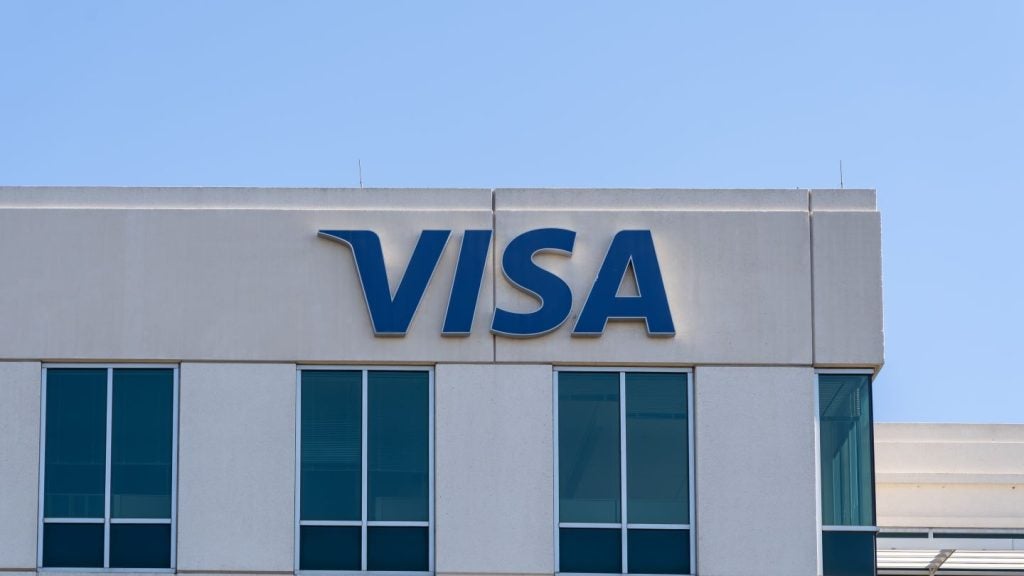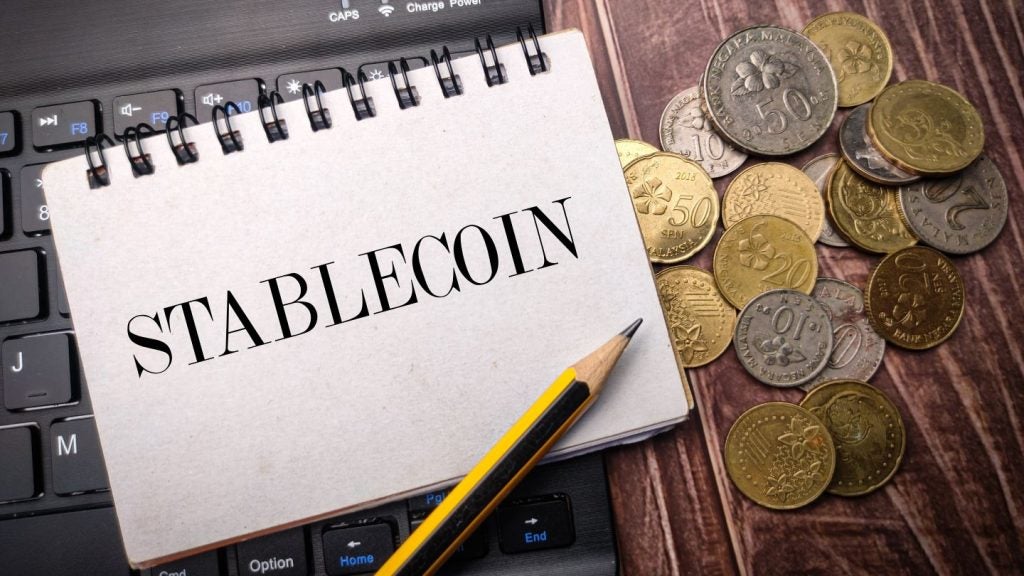
Very few people have described banking or saving money as fun. Some would state that it is the exact opposite of fun. However, firms are trying to bring gaming into the financial sector in order to engage consumers. Is this move a home run or a strike out? Patrick Brusnahan investigates
There are 2.2 billion gamers across the globe. This is according to Newzoo’s Global games Market Report, which expects 2017 to generate $108.9bn of game revenues. Mobile gaming will amount to 42% of that total.
Research firm Gartner predicts that over 268 billion mobile downloads will generate an income of $77bn in 2017. In addition, the statistics state that people spend 43% of their mobile app time on games.
While banking looking to become more prevalent on mobile phones, it would be foolish to not look at gamification. Forrester revealed that 84% of people’s time on their smartphone is spent on just five native apps. Banking needs to become one of those five.
The perfect storm?
Gamification has been touted for a while in the financial sector but, bar a few examples, it has never materialised wholly. Is this gamification’s time to finally make a mark?
Alex Kwiatkowski, Senior Strategist, Banking & Digital Channels at Misys, tells RBI: “I don’t like the expression ‘perfect storm’ as it implies something quite negative, but let’s say we have more harmonious conditions for gamification.
“We have a global population that is growing. That population is living longer and we live in an increasingly connected world. The challenges that surround financial services and banking in particular, are that they’ve stayed static. What we see here is that market dynamics are such that gamification has reached its tipping point.”
Colin Weir, CEO at Moruku, the company working with Misys on gamification platforms, says: “Gamification has been in financial services for quite a while. One of the big differences here is that we’ve seen a major software platform provider embed the capability into their platform. This could well mark the first time and gamification becomes mainstream and that’s through this collaboration.
“I don’t see any of the other top 10 financial services software companies offering companies this. I see them still largely providing what I call spreadsheet-designed, easy-to-use design paradigms rather than fun-to-use.”
Who wants to play the game?
So who is gamification aimed at? The easy, and fairly lazy, answer would be the tech-savvy millennial generation that need everything at their fingertips. However, is this missing a trick?
Gertjan Dewaele, product intelligence & innovation manager at Ingenico ePayments, says: “In terms of customers, this goes across the entire customer base.”
Ingenico has been working on a variety of gamification offerings for payments to add value when customers buy something from retailers. This could be in the form of a scratchcard, a roulette wheel or more.
“It’s important that the game is really tailored to the brand of the retailer,” Dewaele says. “It’s important to tailor it to the retailer’s brand so it feels comfortable and not like spam.”
It can also aid retailers fight the diminishing appeal of discounts, the marketing value of which goes down every year. With Ingenico, it can be a refunded basket.
“We saw that on average, people will convert around 15% more and spend 25% more in their basket because of the idea it could all be refunded,” adds Dewaele.
“There’s a lot of talk about millennials and where they really exist is up for debate, but there are some interesting characteristics right now,” Weir states.
“One of the most interesting, especially in emerging markets, is the concentration of wealth issue. There’s an increasing segment of the working and middle class that are struggling to manage their money and do the right things with it. In America, it is said that about half of the country would struggle to find the money for a $400 emergency expense so they need to sell something or go to a payday lender.
“The heart of the issue would be that it is very boring. Putting your money away and doing good with it is just really hard to do and it doesn’t give you any gratification at all. If you want to get people to pay attention to their money, you’ve got to find a way in providing some instant gratification for doing that hard work. The best answer we’ve got is this.”
If this is truly the answer, what’s taken so long for the banks to consider gamification?
“It’s not the lack of demand from the customer, but a lack of demand from the banks,” Weir explains.
“Customer centricity is moving towards its nirvana, which is customer success. When you get there, the whole thing starts to shift. That’s what the fintech movement is all about. All of this is why the time is right for gamification in a much more widely available platform.”
Kwiatkowski adds: “Banks have had their hands full for the last 8-10 years. This is either due to challenges that they are still trying to overcome, or their technology challenges through making sure legacy systems are still fir for purpose. In some cases, this means incremental tweaks or full end-to-end transformation.
“For me, this is the ongoing transformation and revolution of the digital world. It’s not enough to sit on one’s laurels and say ‘Great, we have a mobile banking platform’. Customers want more and banks have to deliver more.”
Kwiatkowski concludes: “Gamification isn’t as standalone as it was four or five years ago, it’s hardwired into everything.”







